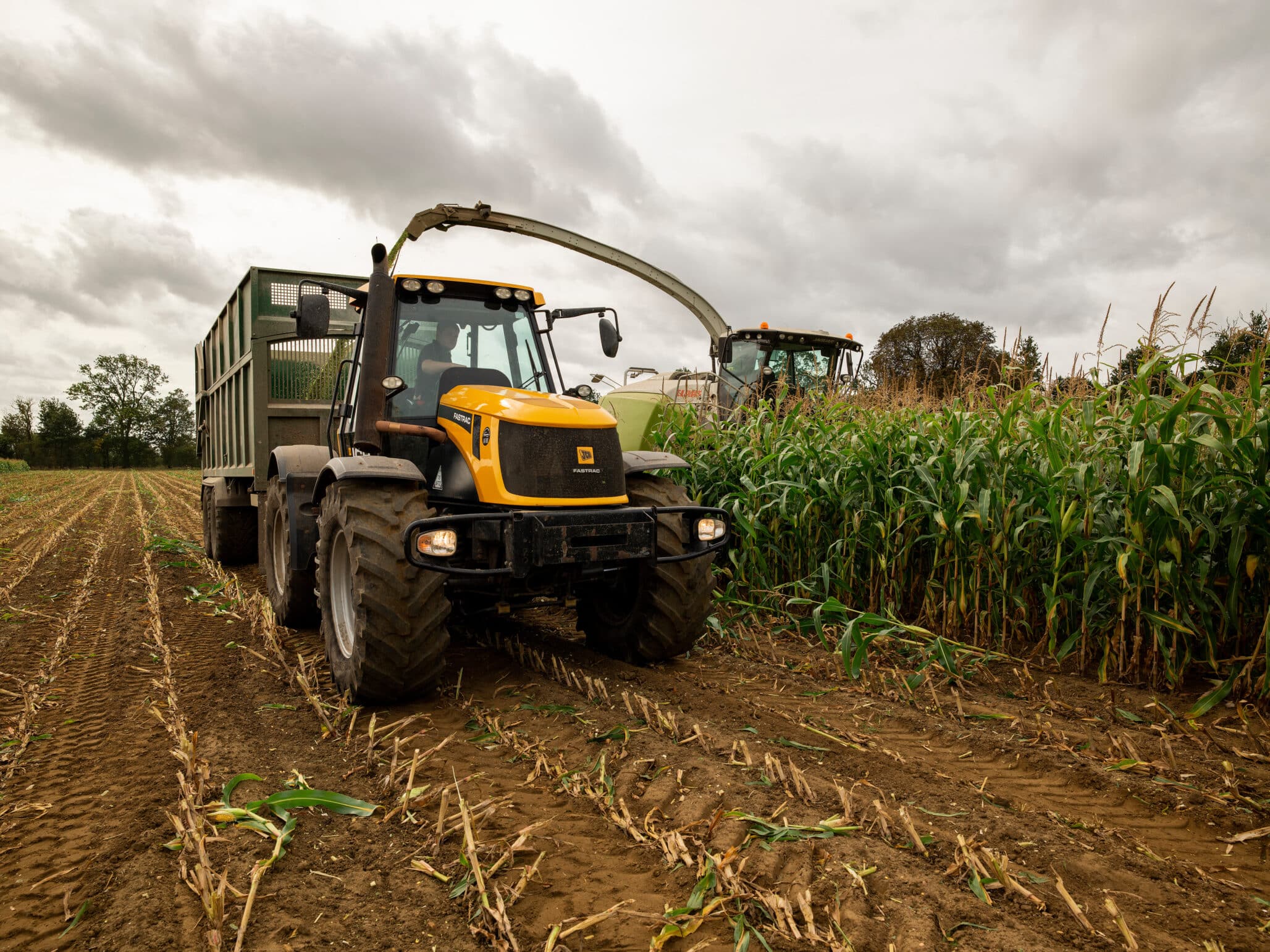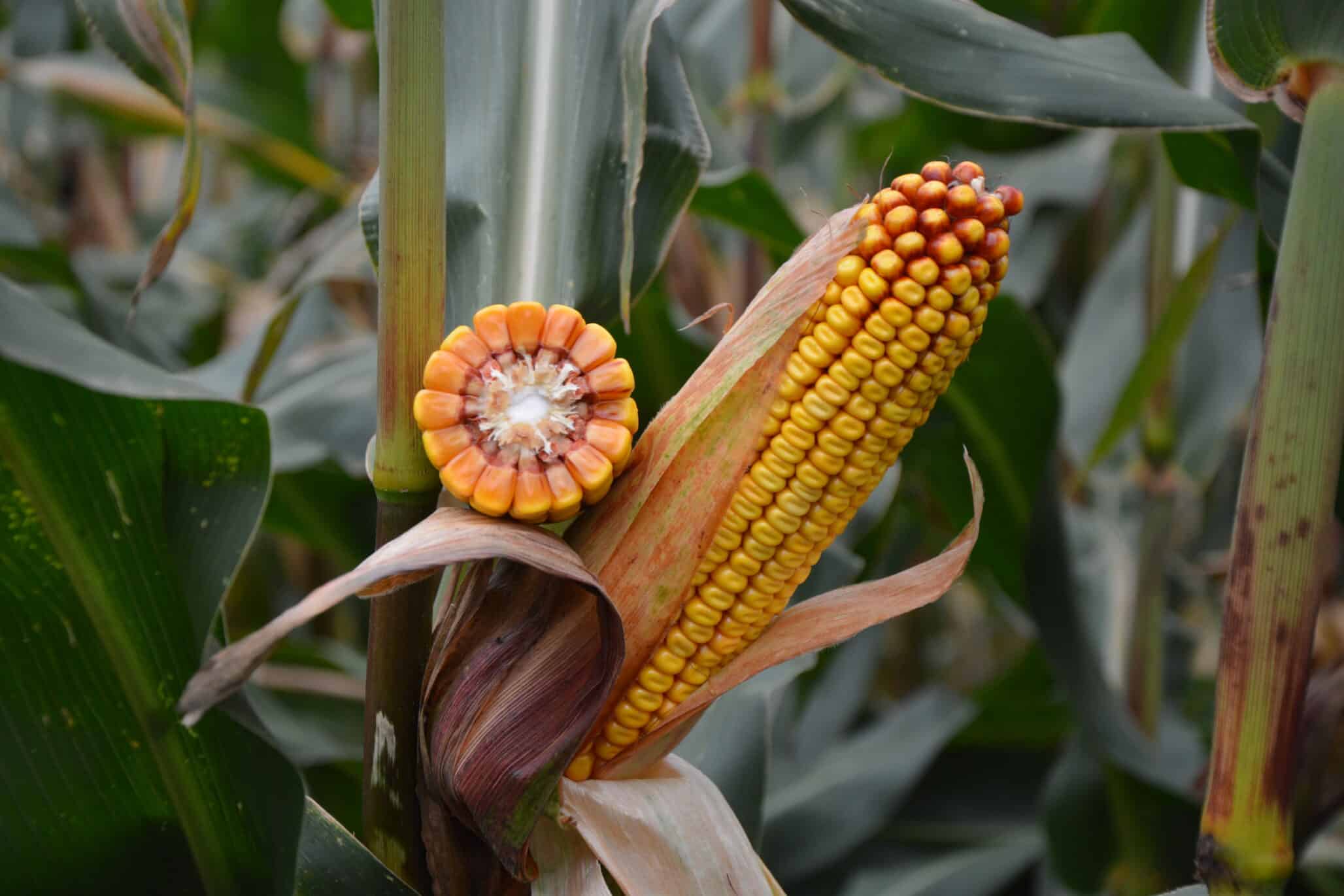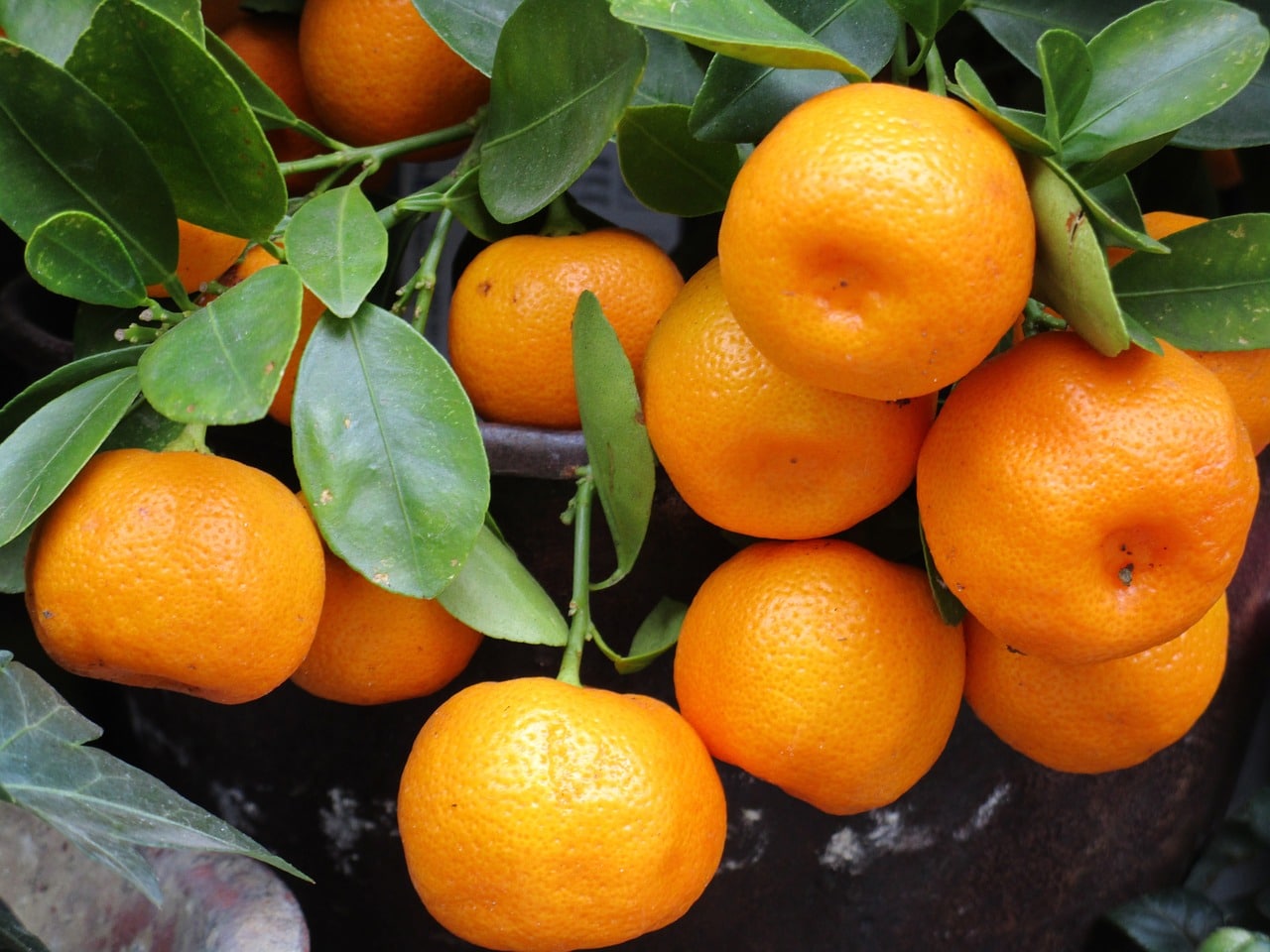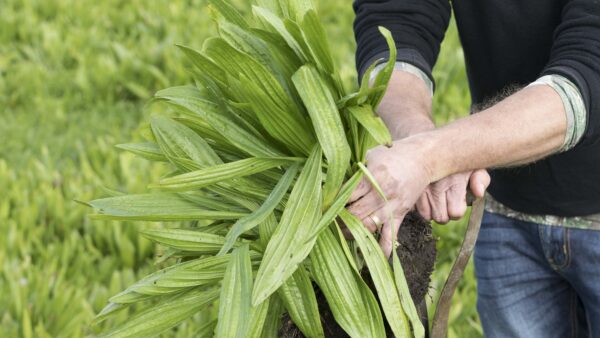
Editor’s Note: This article is part of a series on corn breeding in the European seed sector.
As explained in Part 1 of this series, corn (also known widely as maize) is a critical global crop with diverse food, feed and industrial uses. Indeed, its importance is expected to grow as the global population increases and the demand for meat and milk likewise rises. That is why Seed World Europe has chosen the world of corn breeding as one of our crucial topics to cover in 2024.
We previously examined annual yield increases, key types of corn bred in Europe and key breeding targets. But what of resistance to the many diseases that can reduce corn yields, and the insect pests that can also cut into the tonnes of grain harvested per hectare? What new threats are emerging? And do companies have adequate germplasm sources to combat these and other challenges in their breeding programs? Find the answers to those questions and more here in Part 2.
As in Part 1, we include responses from breeders of seven leading European maize breeding companies, including:
- Karl-Heinz Camp, Head of the Cereals, Corn and Soya Divisions at Delley Semences et Plantes SA (DSP) in Switzerland.
- Ludwig Feldmeier, Maize Breeder at Freiherr von Moreau Saatzucht GmbH, in Germany.
- Ivan Halechko, Leading Breeder; Viktor Borysov, Chairman of the Board; and Ruslan Martsyn, Commercial Director at Company Mais in Ukraine.
- Laurent Bettinger, Corn Breeding Leader at Lidea in France.
- Jean-Bruno Beaufumé, Head of Temperate Maize Research Limagrain Field Seeds.
- Péter Könczöl, Head of Europe Field Crops Seeds Development at Syngenta in Hungary.
- Elliot Heffner, Europe Plant Breeding Leader at Corteva Agriscience.
Resistance
As Beaufumé explains, two significant forces have impacted corn disease management in recent years in Europe. First, there have been major regulatory changes that reduce the number of permitted active ingredients in disease and pest control products. Secondly, “climate change has also impacted disease patterns, putting more reliance on the ‘genetic toolbox’ to find solutions,” he says.
Higher humidity levels generally increase the severity of fungal infections in corn, a crop that is often planted at high seeding rates and tends to consequently have low airflow through the crop stand as the growing season progresses. From a breeding perspective, therefore, “resistance to various fungal diseases like common smut (Ustilago), stem and ear rot (Fusarium), northern corn leaf blight (NCLB, Helminthosporium) and others are important to screen for in environments with high disease pressure or frequent occurrence,” says Camp.
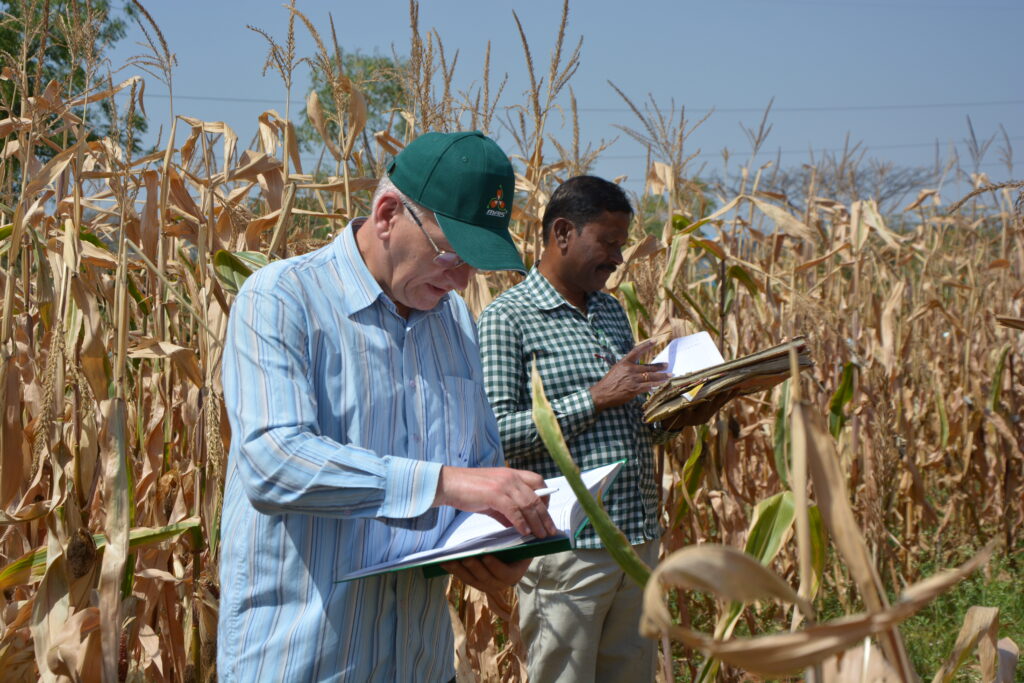
Beaufumé agrees that NCLB, stem and ear rot as well as grey leaf spot are important fungal threats to address in corn breeding for Europe. Corteva focuses on resistance traits for Fusarium ear and stalk rots, Gibberella ear rot, NCLB, head smut and late wilt.
There are of course differences in regional disease pressures, and therefore the resistance traits in demand, but Beaufumé notes that resistance to some pathogens can also differ significantly among the various corn types.
On this note, Camp adds that “currently, the early dent x flint silage types with high digestibility of the plant are more strongly affected by NCLB than the pure dent grain types. The other diseases are spread across both types.”
New Threats
Whilst Halechko notes that the spread of corn diseases has not changed much across the entirety of Europe over the last decade, there is a pest that is intensively spreading across Ukraine: Western corn rootworm (Diabrotica virgifera).
“This makes it necessary to move away from the monoculture of corn and include soybeans in the crop rotation,” he says. “This would result in a decrease in the area of corn sown in the regions affected by this pest.”
The spread of this insect is a new concern in Switzerland also, and Camp reports that the government there is already trying to manage this through stricter rotation regulation, barring the planting of maize-on-maize in areas where the worm is present.
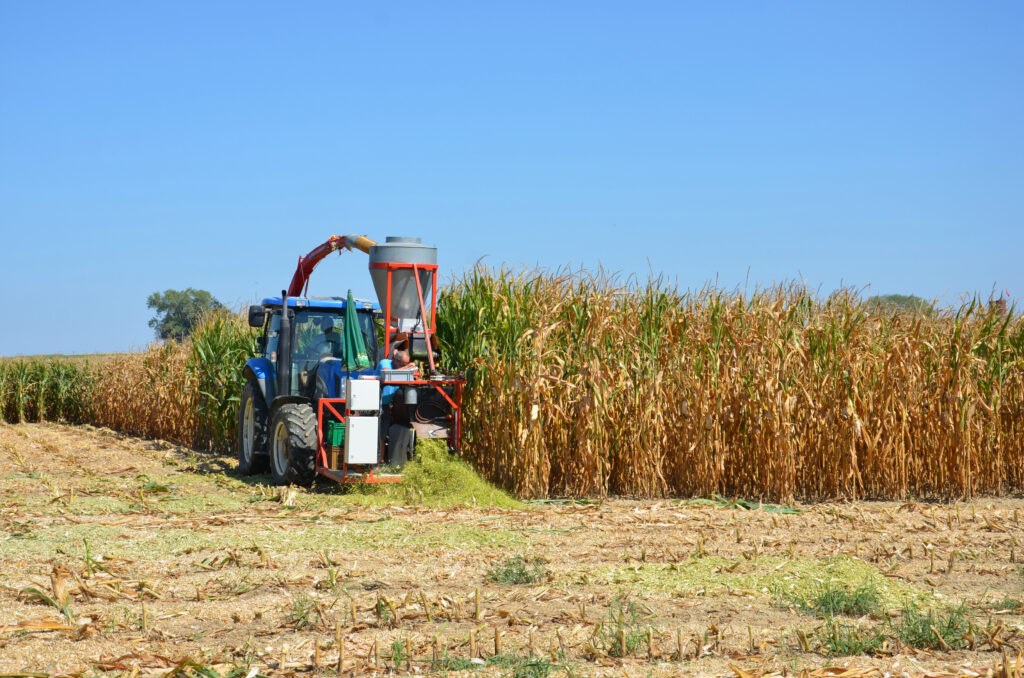
There are also growing threats outside of Europe that European corn breeders are working to protect European corn varieties from. Tar spot in increasing in severity in the U.S., as is Complex Mollicutes Virus (CMV) in Brazil, reports Beaufumé. Outside of insects and fungal pathogens, he notes that corn viral diseases have increased in intensity.
Abiotic Tolerance
Yield stability or security — providing hybrids with robust genetics that allow them to better perform in a wide range of environmental conditions — is critical for today’s corn breeders.
“The increase in temperature and the higher frequency of drought situations during the vegetative period is certainly pushing the selection towards more robust types that can handle varying growing conditions,” says Camp. “This is one reason why we introduced a maize breeding cooperation with Saatzucht Gleisdorf, which is located in Steiermark, Austria, a significantly different climatic zone.”

Lidea in France is also testing new genotypes for abiotic tolerance on a very large and wide testing network that offers very different climatic conditions for assessing hybrid stability. “This strategy is implemented,” says Bettinger, “at the first stages of selection through to commercialization.”
Like the other breeders, Company Mais and Limagrain Field Seeds also focus mostly on drought and excess heat in the realm of abiotic stressors.
Regarding drought, several years ago, Limagrain launched a dedicated range of corn hybrids called Hydraneo, which have enhanced water use efficiency in certain European locations.
Halechko also notes that, because northern regions of Europe generally offer good moisture levels as well as less risk of heat stress, many farmers in these areas over the last 20 years have started growing corn. However, this approach requires significant financial investment and training of farmers to be successful, as well as the best genetics.
Germplasm Supply
The best genetics in a given hybrid come from a wide genetic base. In corn, the diversity of genes in the breeding material is especially important as it’s a hybrid that results from crossing parent lines from different heterotic groups.
“Syngenta takes the maintenance and enhancement of genetic diversity very seriously, and all possible methods are used to achieve this,” explains Könczöl. “As an international company, our exchange of genetic material between geographical regions is one of the most widely used methods we employ to increase genetic diversity.”
It helps that corn breeding goes back more than a century as well. Over the decades, breeding companies like Corteva Agriscience have built and maintained an extremely rich germplasm pool where breeders can continually select for near-term gains while monitoring and maintaining variation to protect and sustain genetic gain over the long term. Heffner notes that because Corteva is a global player with breeding activities in all major markets, “we are able to leverage germplasm globally which provides a continuous source of genetic diversity in local geographies.”
Limagrain Field Seeds has its own extensive germplasm, and Beaufumé reports that new breeding technologies have enabled the firm to develop an enriched and broadened diversity of corn germplasm corn in different regions (temperate, tropical) and colours (white and yellow). (Note: we’ll have more on new breeding technologies in Part 3 of this series). Gene banks and public institutions are also used when available.
Germplasm in the Future
Finding sufficient and well-adapted genetic diversity to maintain steady genetic progress is crucial for a maize breeding program. This is because public maize breeding has mostly disappeared, says Camp, and the use of newly released varieties has limited success for hybrid varieties. This is because new hybrid varieties always have heterotic pools mixed, while breeders try to maintain or rather develop the heterotic pools in their inbred line development.

DSP addresses the need for genetic diversity by building long-term, trusting cooperation with other breeders, allowing a selective exchange of breeding lines.
The European ‘access and benefit sharing’ regulations have posed a challenge to some extent, especially for some corn breeding firms, says Halechko. “The existing legal framework has limited the access of breeding companies to previously traditional sources of genetic diversity, which significantly limits the opportunities of smaller companies like Company Mais.”
Beaufumé notes genetic diversity is key to ensuring steady genetic gain. To facilitate this, having a worldwide footprint and fostering exchanges between programs is key.
As a consequence, allowing for easy material flow between countries is important. In addition, maintaining open access with no major restriction on germplasm maintained by public gene banks is an important topic.
Halechko explains that the corn breeding program at Company Mais is conservative. When developing inbreds, he and his colleagues use classical self-pollination methods. Switching to the use of haploidy in conditions of high labour costs is not economically feasible. “Therefore, the main source for developing new inbreds are lines of our own breeding, lines obtained on the basis of contracts and to some extent exPVP lines.”
To secure its own new germplasm, Syngenta is still testing and commercializing material from North America in Europe and is also involved in the breeding of material from exotic environments, mostly for the targeted breeding of specific traits.
“To increase genetic diversity, specific breeding programs have been set up in Europe with the primary aim of broadening and diversifying the genetic base of a region and providing a diverse genetic resource for breeders of elite lines,” says Könczöl. “These so-called Discovery Breeding programs partly produce breeding materials, use exotic genetic material to integrate specific traits, and pioneer the development and testing of new breeding techniques before their widespread application.”
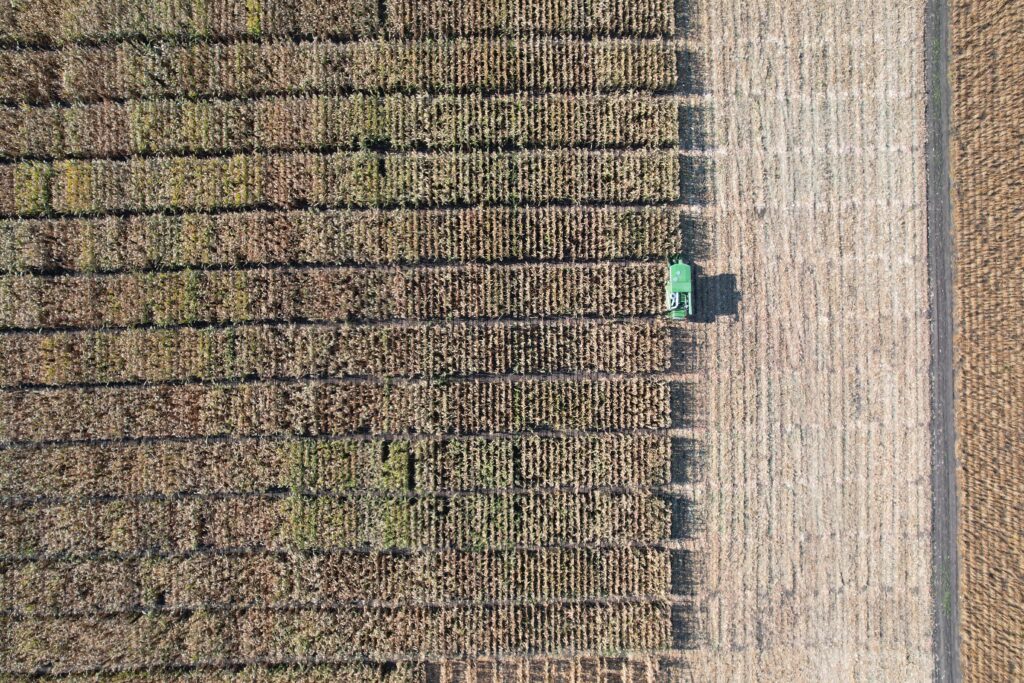
For its part, Lidea has enough access to germplasm for its corn breeding work, having developed a key knowledge of germplasm structuration and powerful heterotic schemes over time. Bettinger adds, however, that a large percentage of their new sources of genetics incorporate external germplasm.
But no matter how much of a challenge is posed by access to new genetics for any particular corn breeding company, Heffner and his colleagues (among many others, to be sure) hope for more favourable regulatory policies regarding advances in breeding technology in the future. Policies should allow use of new genomic tools to safely create targeted genetic variation and increase genetic gains against the backdrop of increasing change in climate conditions. These new tools will be a focus of Part 3 of this series.

Editor’s Note: This article is part 2 of a 3 part series on corn breeding in the European seed sector.


